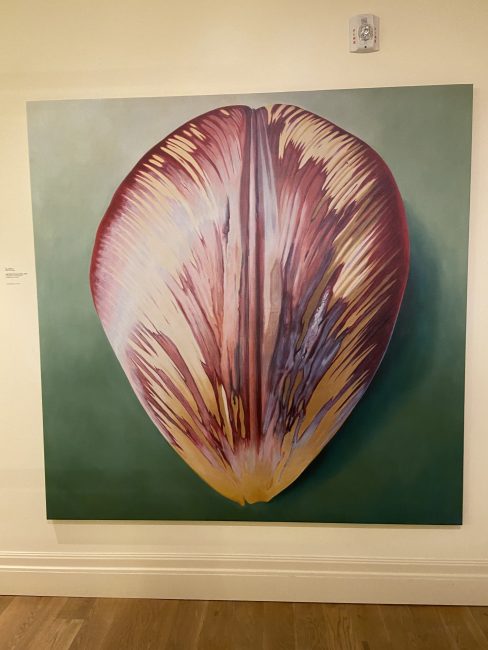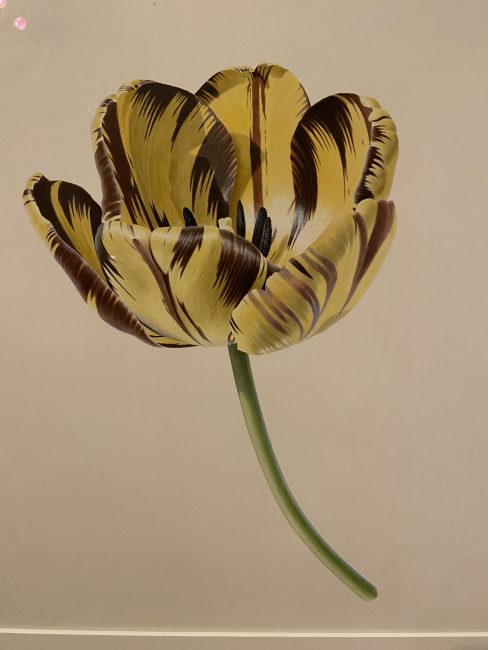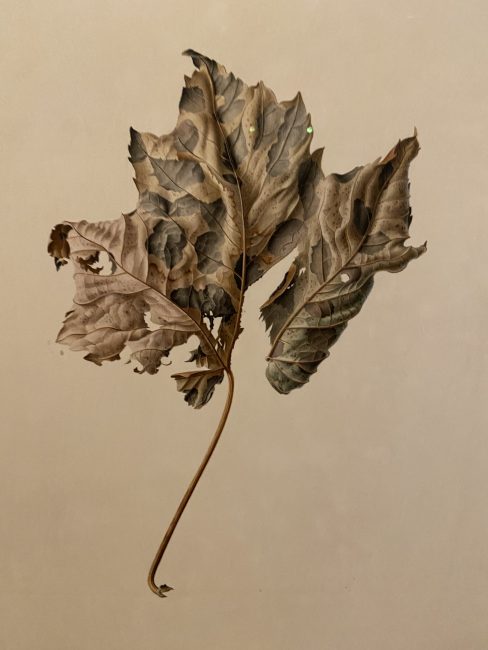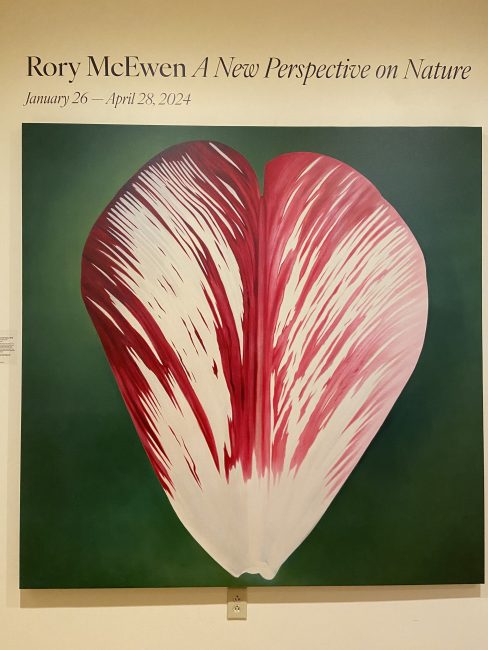Last year’s Halloween sensation, Kitty Litter‘s new bustier, was my creative twist on French designer Thierry Mugler‘s futuristic designs, using a $0.99 roasting pan from my local Dollar Store.

Thierry Mugler not only created fashion and couture, but he also invented perfumes, photographed his creations, and worked as a director, costume, and spectacle designer.
According to Madame Faction, Thierry Mugler’s fashion is – first and foremost – intrinsically linked to the aesthetic of the 1980s and 90s: The hyper-feminine, body-hugging silhouettes, narrow waists, extremely broad shoulders, bold colors, and the vital power dressing aspect breathe the Zeitgeist of 80s and 90s fashion
Unfortunately, last year’s candy-encrusted bustier didn’t survive the intense summer heat and the rat infestation of ’23 (I still have nightmares about it).
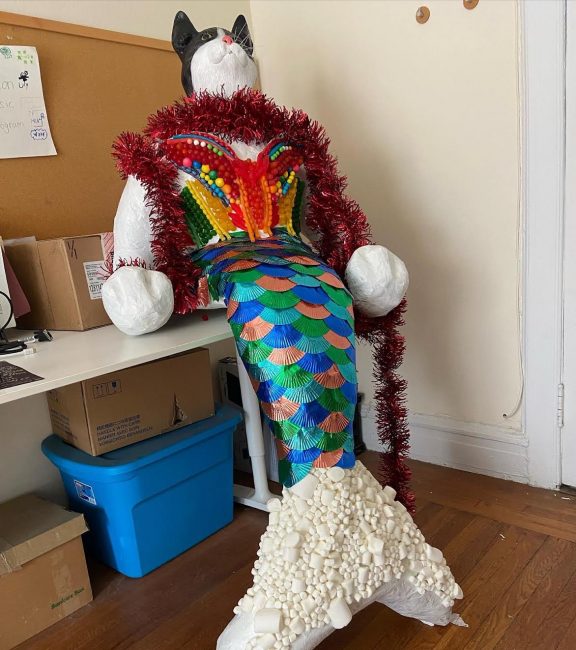
Kitty Litter was my response to people’s upsetting claims on social media that only certain types of people can be mermaids following the release of the live-action Little Mermaid movie. I believe anyone can be a mermaid, so I made a sculpture depicting a cat as a mermaid to prove my point.
Personally, I loved watching singer and actress Halle Bailey in the title role in Disney’s live-action Little Mermaid.
I also wanted to raise awareness for single-use plastic consumption. Over two months, I collected my single-use plastics, including water bottles, take-out food containers, cups, straws, and food packages, which really opened my eyes to the staggering amount of trash I contribute to the environmental crisis.
Single-use plastic is as prevalent as added sugar in our food and drinks. It’s easy to consume too much without realizing it. Most people know that added sugar is in soda, sweetened tea and coffee, energy drinks, fruit drinks, candy, ice cream, sweetened yogurts, flavored and/or sweetened milk, breakfast cereals, and bars. But added sugar is found in bread, condiments, dairy-based foods, nut butter, salad dressings, sauces, and even some “healthy” cereal.
The average American consumes more than 17 teaspoons of added sugar daily, more than the recommended amount. Consuming too much-added sugar can lead to health problems such as tooth decay, obesity, type 2 diabetes, and heart disease.
I took a break from writing Divabetic’s Annual Mystery podcasts to focus on my Halloween displays and the related book, Once Upon A Slime.
This year, Kitty Litter’s final appearance will be on Halloween Street at West 69th Street in New York City.




